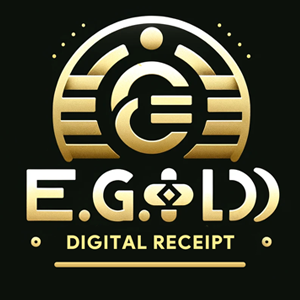Table of Contents
- Exploring Gold and Cryptocurrencies as Investment Options
- Historical Performance of Gold in Investment Portfolios
- Historical Returns Achieved by Cryptocurrencies
- Comparing Volatility: Gold vs. Cryptocurrencies
- Balancing Risk and Reward in Gold and Crypto Investments
- Inflation Protection: Evaluating Gold and Cryptocurrencies
- Diversification Opportunities with Gold and Cryptocurrencies
- Cryptocurrencies: Utility and High Growth Potential
- Gold as a Reliable Safe Haven Investment
- Evaluating Long-Term and Short-Term Returns of Gold and Crypto
- The Role of Technology in Cryptocurrency Growth and Adoption
- Environmental Impacts of Gold Mining and Cryptocurrency Mining
- Accessibility and Liquidity of Gold and Crypto Assets
- How Regulations Affect Gold and Cryptocurrency Returns in 2025
- Frequently Asked Questions About Comparing Gold and Cryptocurrency Returns
Exploring Gold and Cryptocurrencies as Investment Options
Gold and cryptocurrencies are two vastly different asset classes, each offering unique benefits to investors. Gold is a time-tested store of value with a history of stability, while cryptocurrencies like Bitcoin and Ethereum are disruptive digital assets offering high growth potential. Understanding their return profiles is essential for building a balanced portfolio.
Historical Performance of Gold in Investment Portfolios
Gold has delivered consistent, moderate returns over the years, maintaining its purchasing power. For example, gold prices have risen from approximately $300 per ounce in 2000 to over $1,900 per ounce in 2023, offering an average annual growth of about 8%. Gold performs particularly well during economic uncertainty and inflationary periods, making it a reliable hedge against market instability.
Historical Returns Achieved by Cryptocurrencies
Cryptocurrencies have shown explosive returns, albeit with extreme volatility. Bitcoin, the first cryptocurrency, started at a fraction of a cent in 2009 and reached an all-time high of over $68,000 in 2021. Ethereum, known for its smart contract capabilities, has also delivered substantial gains, growing from less than $1 in 2015 to over $4,000 at its peak. Such returns are unmatched by traditional assets but come with higher risks.
Comparing Volatility: Gold vs. Cryptocurrencies
Gold is far less volatile than cryptocurrencies. Its price movements are gradual and influenced by factors like central bank policies and geopolitical events. Cryptocurrencies, however, can experience double-digit percentage swings in a single day due to speculative trading, regulatory news, or technological developments. This volatility makes crypto attractive to high-risk, high-reward investors, while gold appeals to those seeking stability.
Balancing Risk and Reward in Gold and Crypto Investments
Gold offers lower risk but also lower rewards, making it suitable for conservative investors. Cryptocurrencies, on the other hand, offer high rewards but come with significant risks, including regulatory changes, market sentiment shifts, and technological vulnerabilities. Diversifying with both assets can help balance a portfolio’s risk-reward profile.
Inflation Protection: Evaluating Gold and Cryptocurrencies
Gold has traditionally been the go-to asset for hedging against inflation, maintaining its value as fiat currencies lose purchasing power. Cryptocurrencies like Bitcoin are increasingly viewed as “digital gold” due to their limited supply and decentralized nature, though their short history limits their track record as an inflation hedge.
Portfolio Diversification Benefits
Combining gold and cryptocurrencies in a portfolio enhances diversification. Gold stabilizes the portfolio during market downturns, while cryptocurrencies provide exposure to high-growth opportunities. A well-diversified portfolio might allocate a percentage to both assets based on individual risk tolerance.
Utility and Growth Potential of Cryptocurrencies
Cryptocurrencies are not just investment assets; they also serve functional purposes in decentralized finance (DeFi), smart contracts, and digital payments. This utility drives their adoption and long-term growth potential, making them attractive for forward-looking investors.
Gold’s Role as a Safe Haven Asset
Gold shines during economic crises, offering a safe harbor for investors. Its tangible nature and intrinsic value make it a trusted asset during market downturns. Cryptocurrencies, while promising, lack this established reputation, though Bitcoin has begun to demonstrate some safe-haven qualities in specific scenarios.
Long-Term vs. Short-Term Returns
Gold is ideal for long-term wealth preservation, offering steady returns over decades. Cryptocurrencies excel in the short to medium term, providing significant gains for those who can tolerate their volatility. Timing plays a crucial role in capturing crypto’s potential returns.
Technological Influence on Cryptocurrency Growth
Blockchain technology underpins the growth of cryptocurrencies, enabling innovations like DeFi, NFTs, and cross-border payments. These advancements drive adoption and increase the value of major cryptocurrencies like Ethereum, offering a growth trajectory that gold cannot replicate.
Environmental Considerations in Gold and Crypto Investments
Gold mining and cryptocurrency mining have environmental impacts. Gold mining involves significant energy use and habitat disruption, while proof-of-work cryptocurrencies like Bitcoin consume vast amounts of electricity. Efforts to adopt sustainable mining practices and energy-efficient blockchain protocols, such as proof-of-stake, are addressing these concerns.
Liquidity and Accessibility of Both Assets
Cryptocurrencies are more liquid and accessible than gold, with 24/7 trading on global exchanges. Gold, while widely traded, is limited by traditional market hours and often requires physical storage or the use of ETFs and tokenized platforms for easier access.
How Regulations Affect Gold and Cryptocurrency Returns in 2025
Gold operates in a well-established regulatory environment, offering stability and predictability. Cryptocurrencies, however, are navigating evolving regulations, which can significantly impact their returns. Clearer frameworks are expected to boost crypto adoption and stabilize markets over time.
Frequently Asked Questions About Comparing Gold and Cryptocurrency Returns
1. Which offers higher returns: gold or cryptocurrencies?
Cryptocurrencies generally offer higher returns due to their growth potential but come with greater risk compared to gold’s steady and moderate returns.
2. Is gold safer than cryptocurrencies?
Yes, gold is considered a safer investment due to its long history of stability and lower volatility.
3. Can cryptocurrencies replace gold as a store of value?
While Bitcoin is often referred to as “digital gold,” its volatility and short history limit its ability to fully replace gold as a reliable store of value.
4. What is the best way to combine gold and cryptocurrencies in a portfolio?
A balanced allocation depends on your risk tolerance. For example, conservative investors might allocate 10-20% to gold and 5-10% to cryptocurrencies.
5. How do gold-backed tokens compare to physical gold?
Gold-backed tokens represent physical gold stored in secure vaults, offering the stability of gold with the liquidity and accessibility of digital assets.
6. What are the risks of investing in cryptocurrencies?
Cryptocurrencies face risks like high volatility, regulatory uncertainty, and technological vulnerabilities.
7. How do cryptocurrencies hedge against inflation?
Bitcoin’s limited supply makes it resistant to inflation, offering a digital alternative to fiat currencies.
8. What factors influence gold prices?
Gold prices are influenced by central bank policies, inflation rates, geopolitical events, and market demand.
9. Are cryptocurrencies more liquid than gold?
Yes, cryptocurrencies are more liquid, with 24/7 trading and global accessibility.
10. What is the future of gold and cryptocurrency returns?
Gold will continue to offer stability and serve as a hedge, while cryptocurrencies are expected to grow in value due to technological advancements and broader adoption.
11. How do geopolitical events impact gold and cryptocurrency returns?
Geopolitical instability often drives investors toward gold, increasing its value as a safe haven asset. Cryptocurrencies, while less predictable, may see increased adoption in regions experiencing currency devaluation or financial restrictions, potentially boosting their value.
12. Are gold-backed cryptocurrencies a good alternative to physical gold?
Yes, gold-backed cryptocurrencies like PAX Gold (PAXG) or Tether Gold (XAUT) combine the stability of gold with the flexibility of blockchain technology, offering an innovative way to invest in gold without the challenges of physical storage.
13. How can investors mitigate risks in gold and cryptocurrency investments?
Diversification is key. Balancing gold’s stability with the growth potential of cryptocurrencies reduces portfolio risk. Using secure platforms, staying informed about market trends, and adhering to regulatory requirements further mitigate risks.
14. What role do institutional investors play in the returns of gold and cryptocurrencies?
Institutional investors significantly influence both markets. Their participation in gold trading reinforces its stability, while their growing interest in cryptocurrencies drives adoption and price appreciation, stabilizing the market over time.
15. Can gold and cryptocurrencies coexist in traditional portfolios?
Absolutely. Many financial advisors recommend combining these assets to create a balanced portfolio. Gold provides a hedge against volatility, while cryptocurrencies offer exposure to innovation and high growth potential.
16. What technological advancements could shape cryptocurrency returns?
Advancements like Ethereum 2.0, Layer-2 scaling solutions, and decentralized finance (DeFi) innovations will likely enhance the utility and adoption of cryptocurrencies, driving long-term returns.
17. How do macroeconomic factors affect gold and cryptocurrency returns?
Macroeconomic factors like inflation, interest rates, and monetary policies directly impact gold, often boosting its value as a hedge. Cryptocurrencies are influenced by market sentiment, technological developments, and regulatory news, leading to higher volatility.
18. How do you determine the ideal allocation between gold and cryptocurrencies?
The allocation depends on your financial goals and risk tolerance. Conservative investors might lean toward gold, while aggressive investors may allocate more to cryptocurrencies. A typical balanced portfolio might include 10-15% gold and 5-10% cryptocurrencies.
19. What are the challenges of tracking returns for gold and cryptocurrencies?
Tracking gold returns is straightforward due to its well-established market. Cryptocurrencies, however, require more effort due to their high volatility and the vast number of assets available. Tools like portfolio trackers and investment apps simplify this process.
20. What is the long-term outlook for gold and cryptocurrency returns?
Gold will remain a cornerstone for wealth preservation and a hedge against inflation. Cryptocurrencies are poised for continued growth, driven by technological advancements, increasing adoption, and institutional interest. Both assets will likely play crucial roles in future investment strategies.
Gold and cryptocurrencies are not mutually exclusive; they are complementary assets offering unique advantages. While gold provides stability and long-term preservation, cryptocurrencies unlock growth and technological innovation. By carefully considering their respective returns and risks, investors can harness the strengths of both to create resilient, future-ready portfolios.
NOTE
This Content is the copyrighted content of EE.GOLD. All rights are reserved. You are welcome to share or use our content only by including direct links to our website. Any other form of reproduction, distribution, or use without proper attribution is strictly prohibited.
This Content is intended solely for educational purposes. The information provided does not constitute financial or investment advice.
Please note that Digital Storage Receipt, Secure Storage Solutions, and Physical Gold Sales are the only services offered by EE.GOLD.
We strictly adhere to government regulations and are firmly against all illegal financial or investment activities globally.
For further inquiries, feel free to contact us through our official channels.

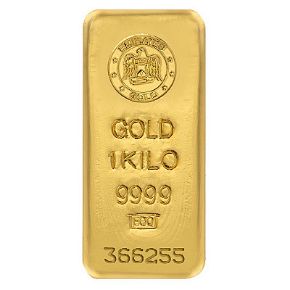
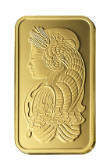
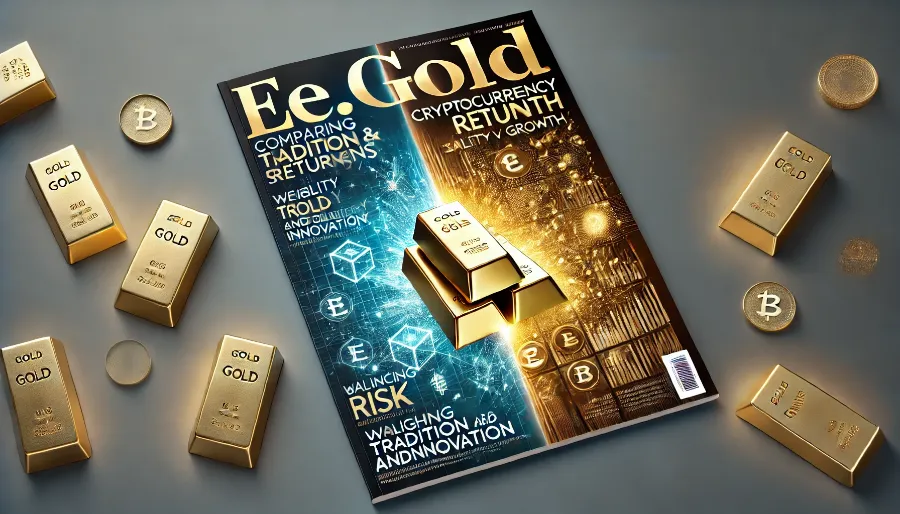
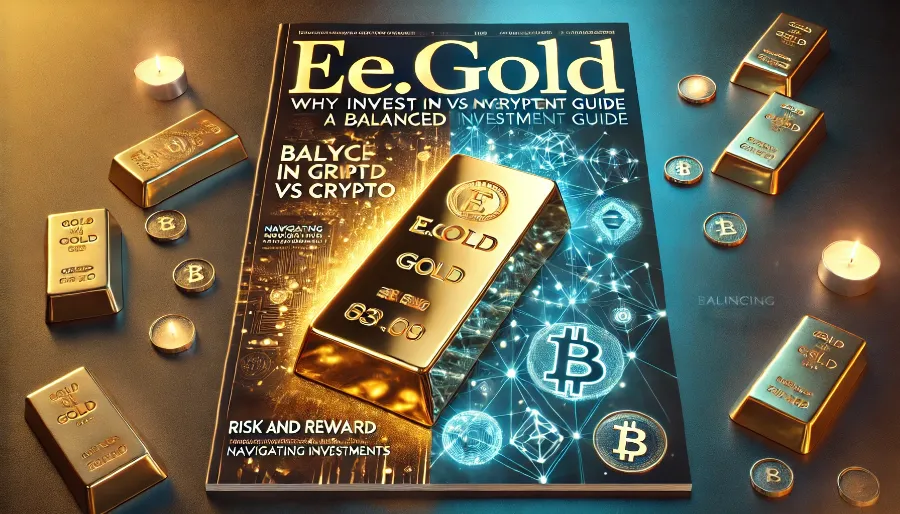
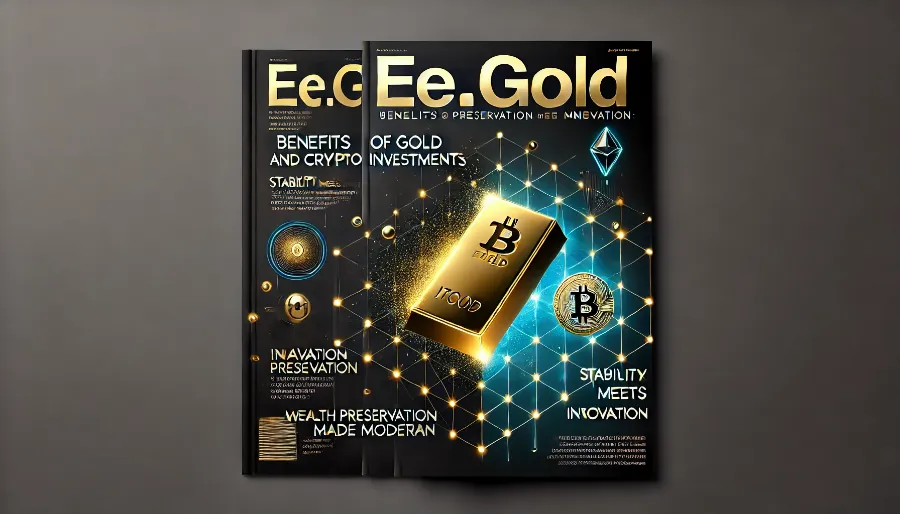

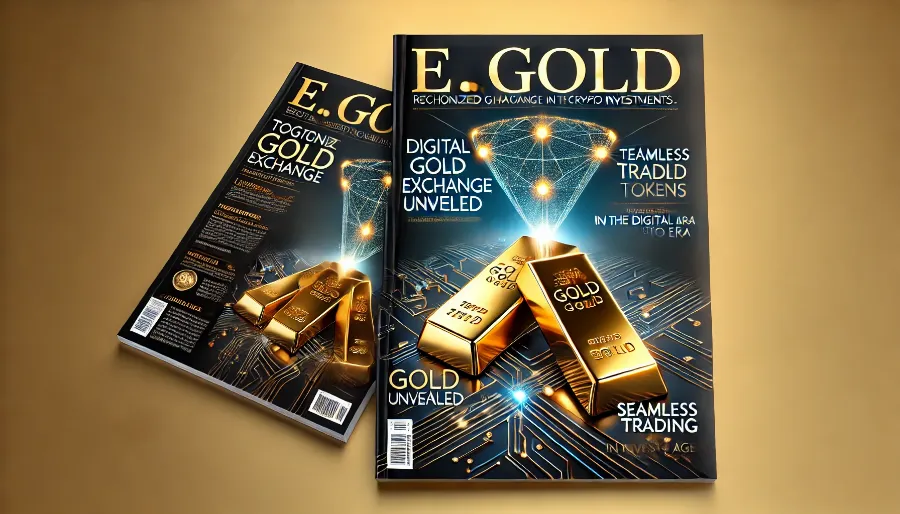
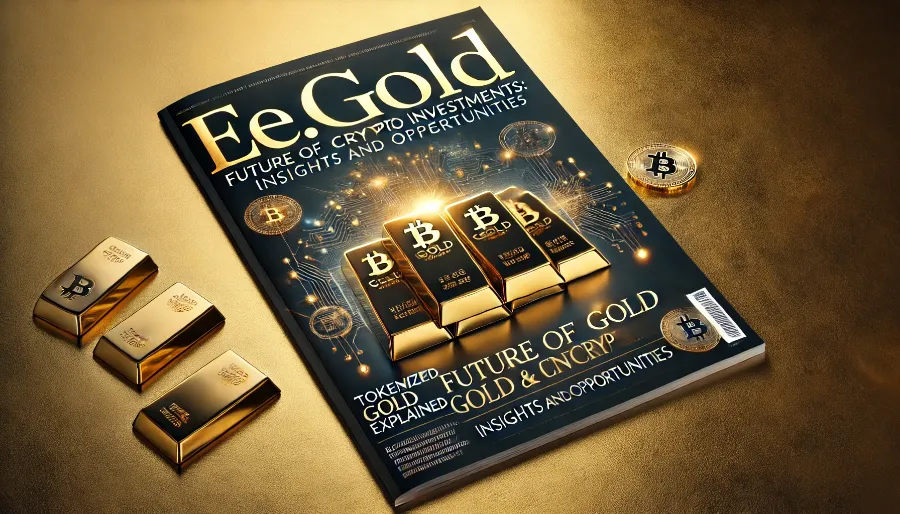
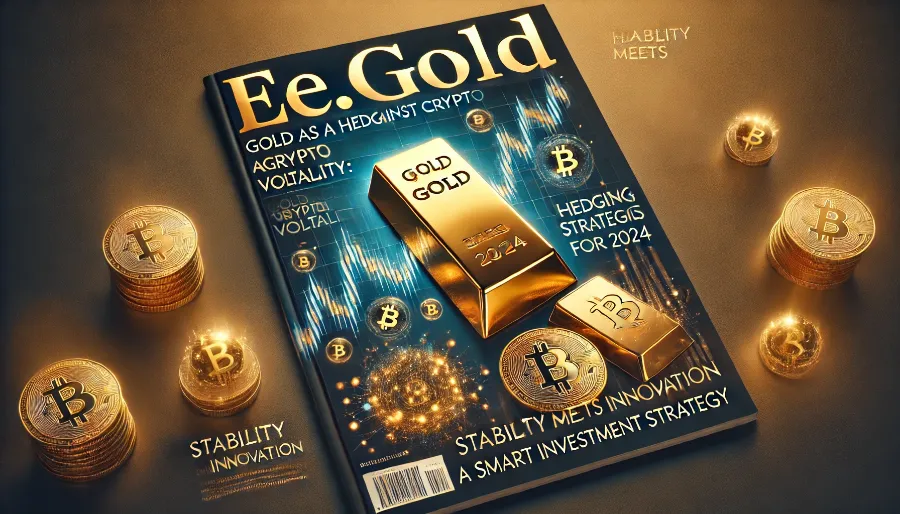
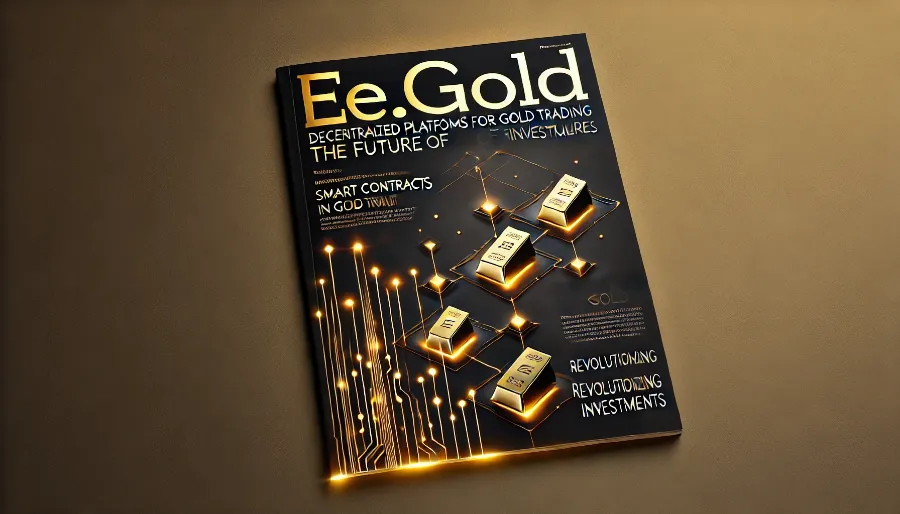



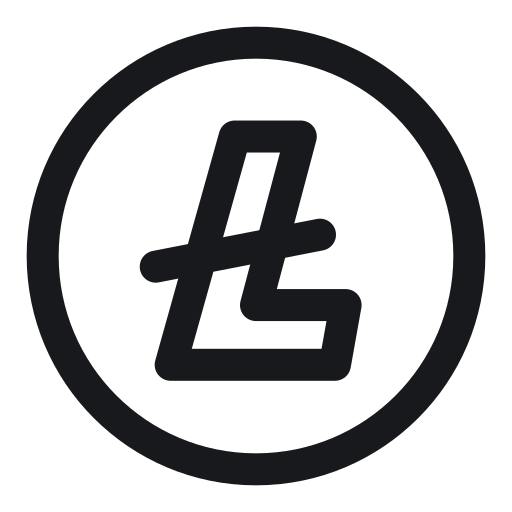

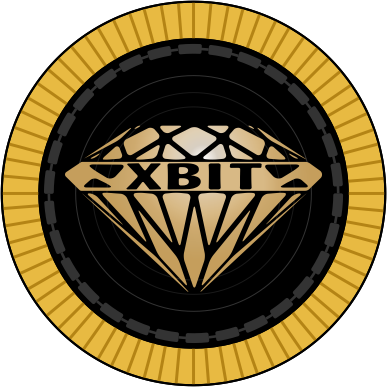


.png)

